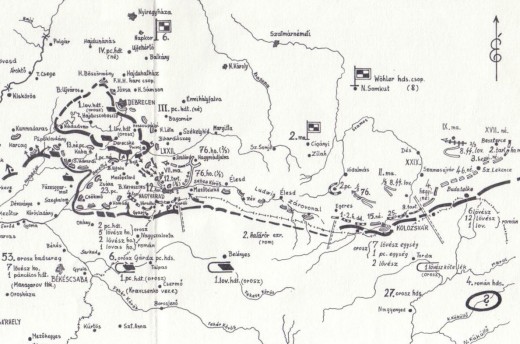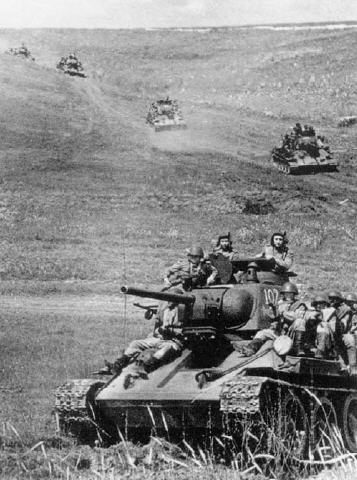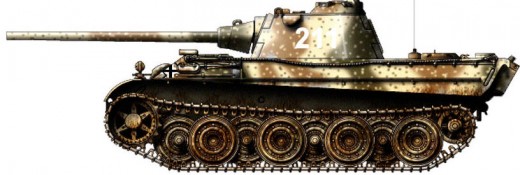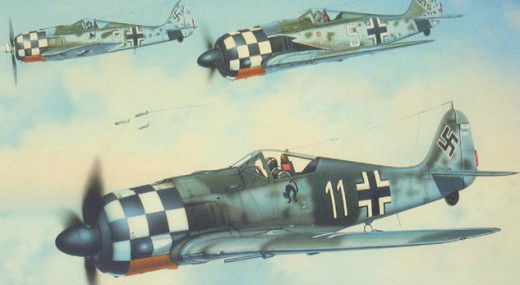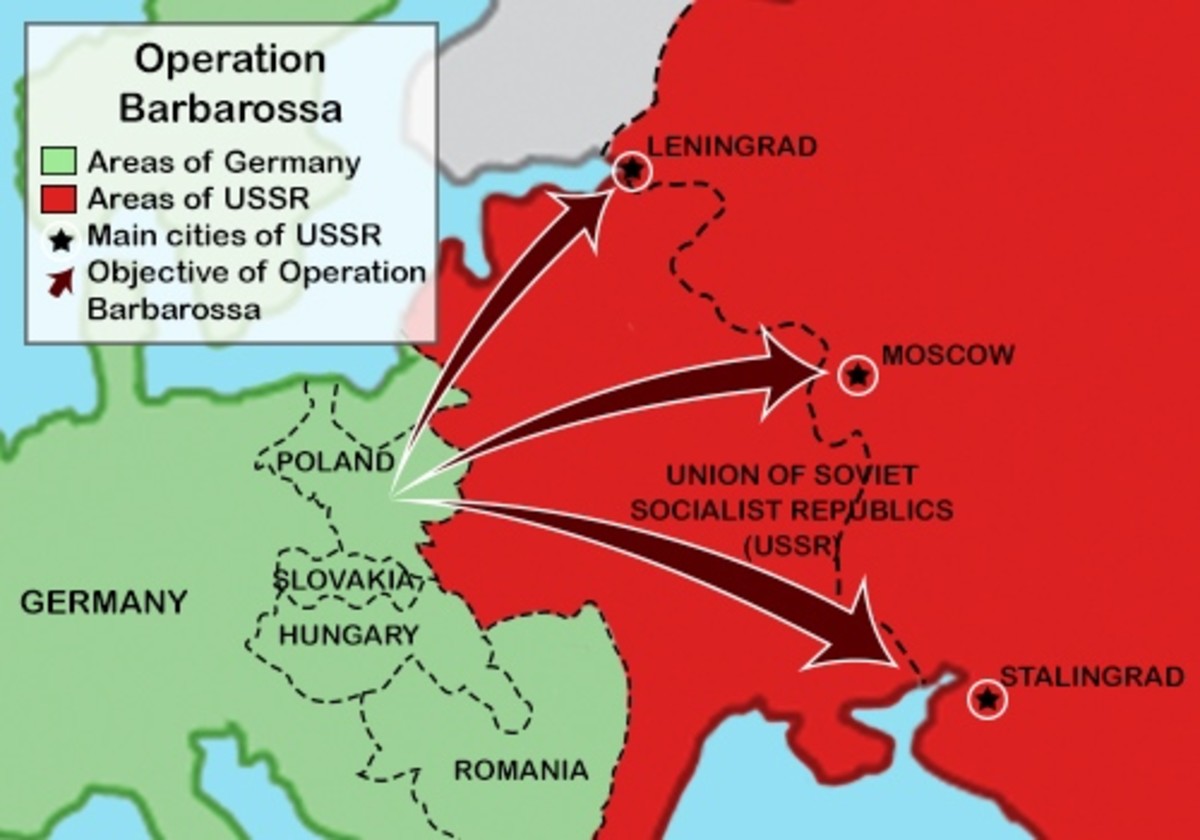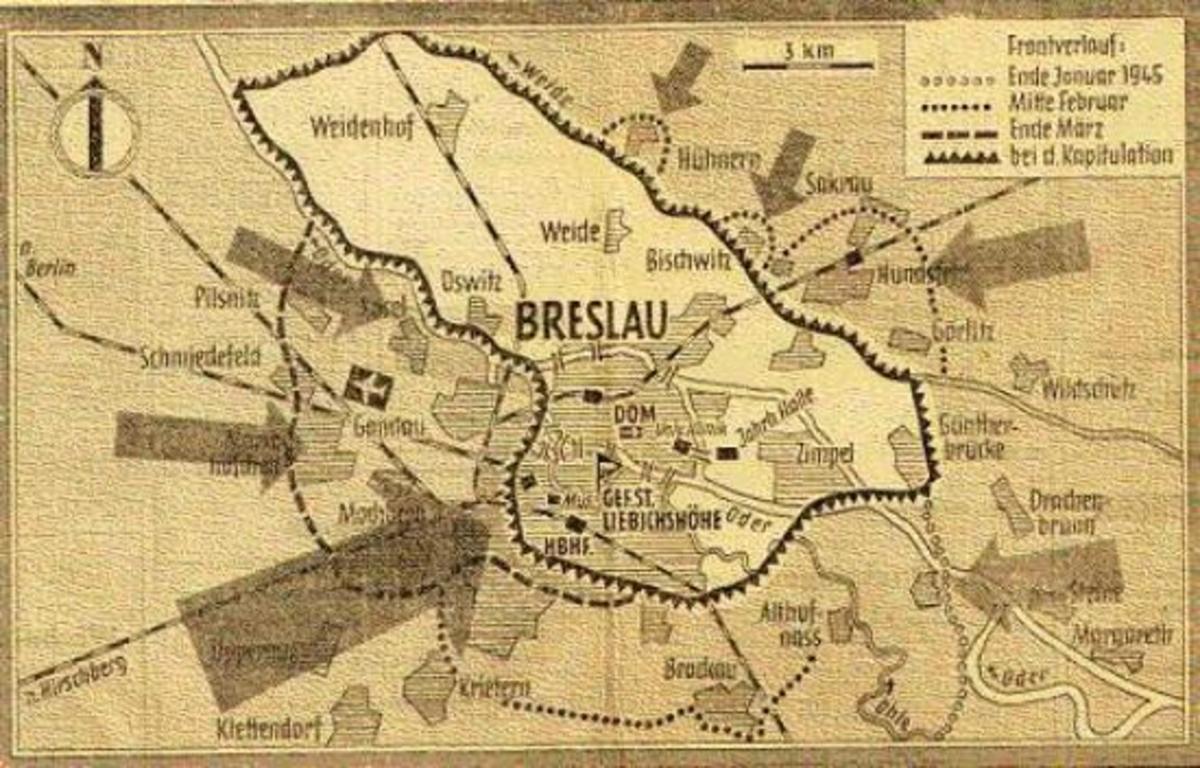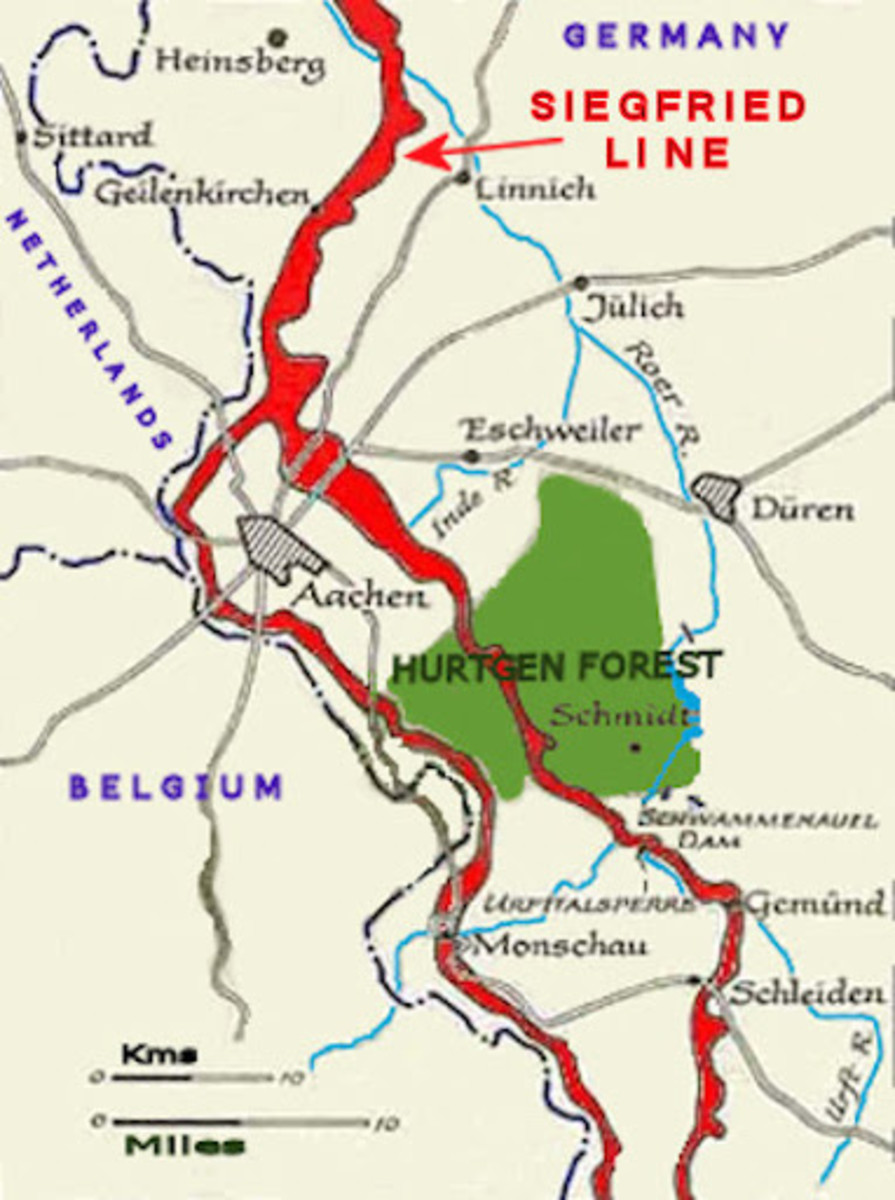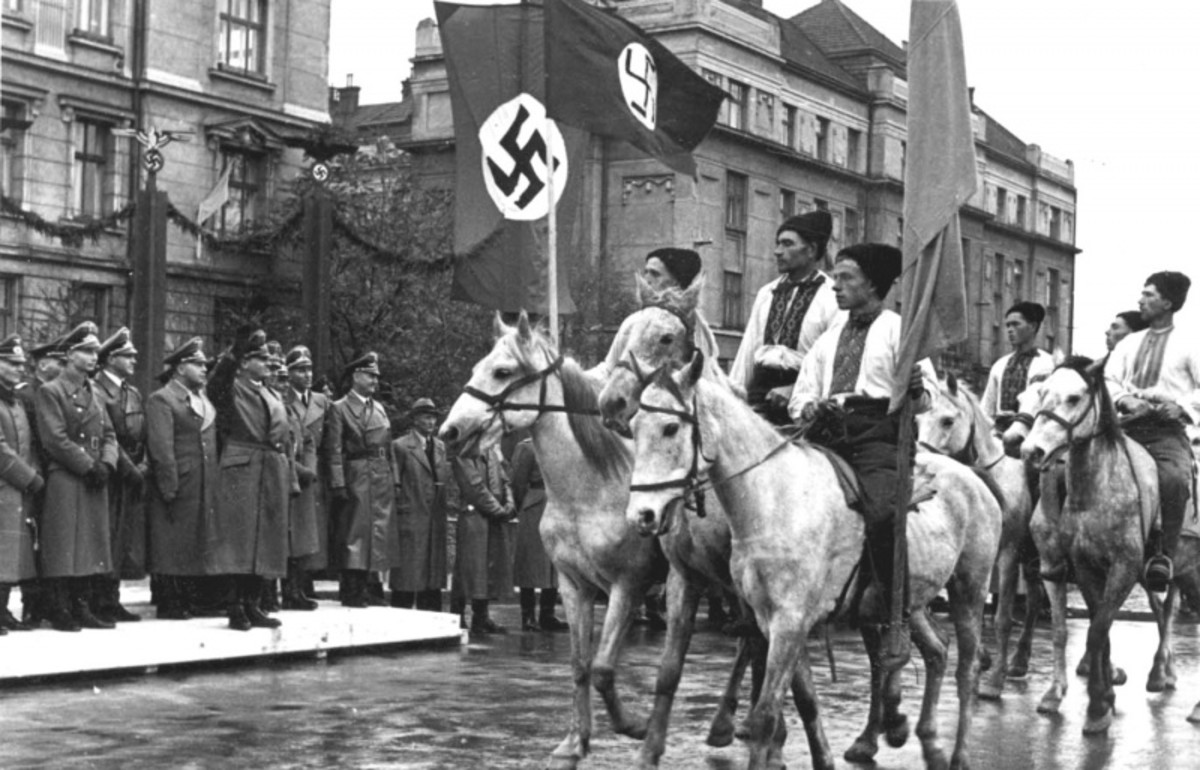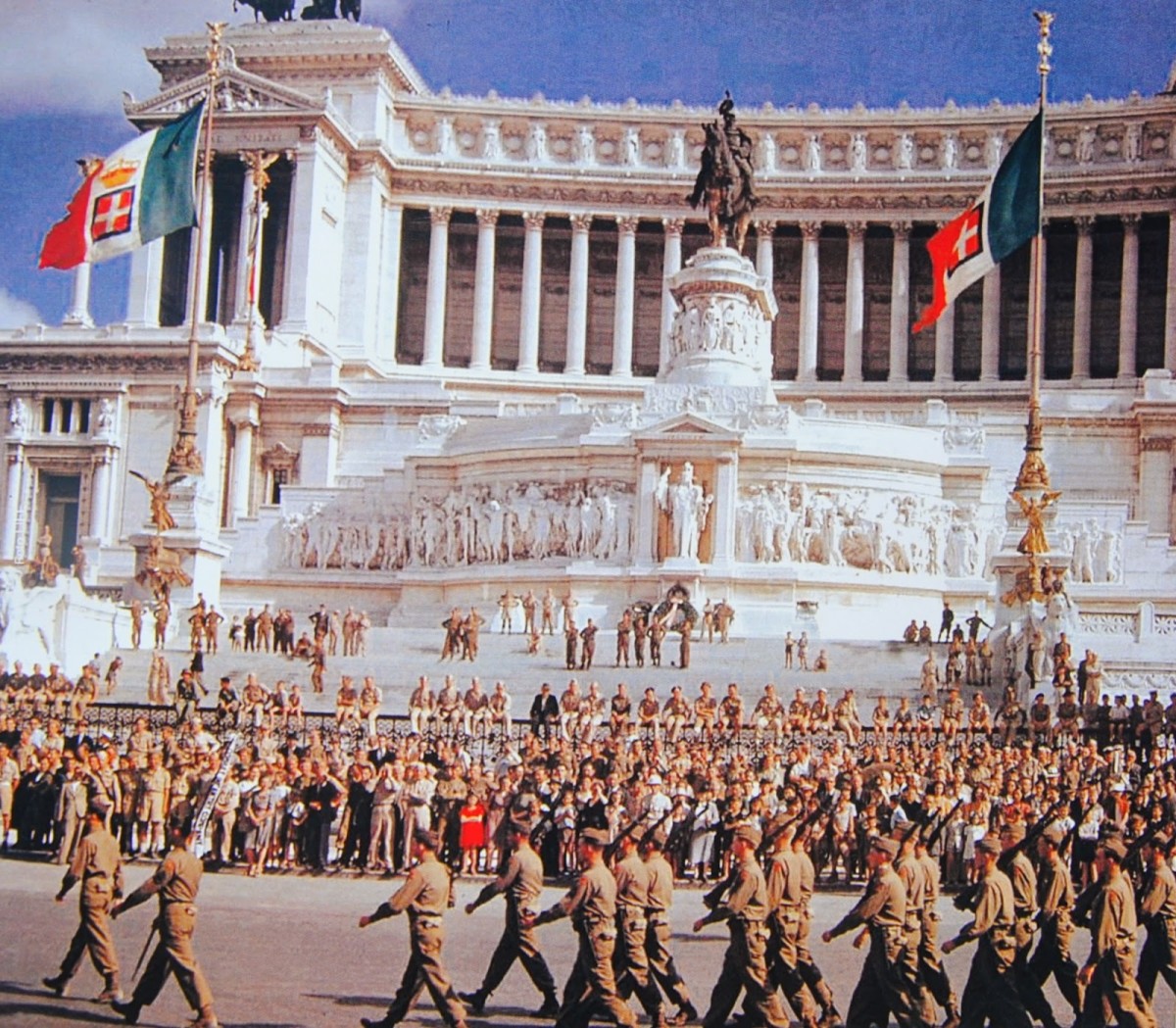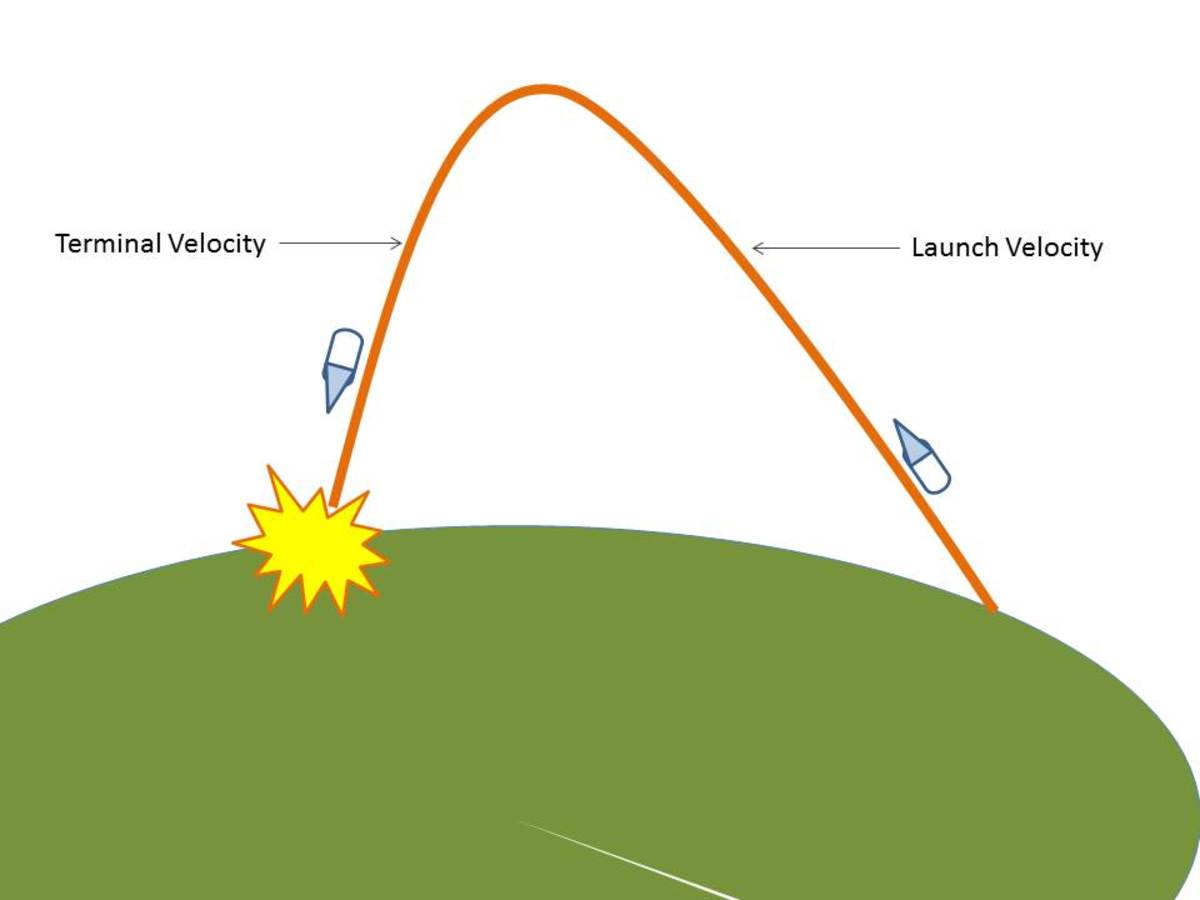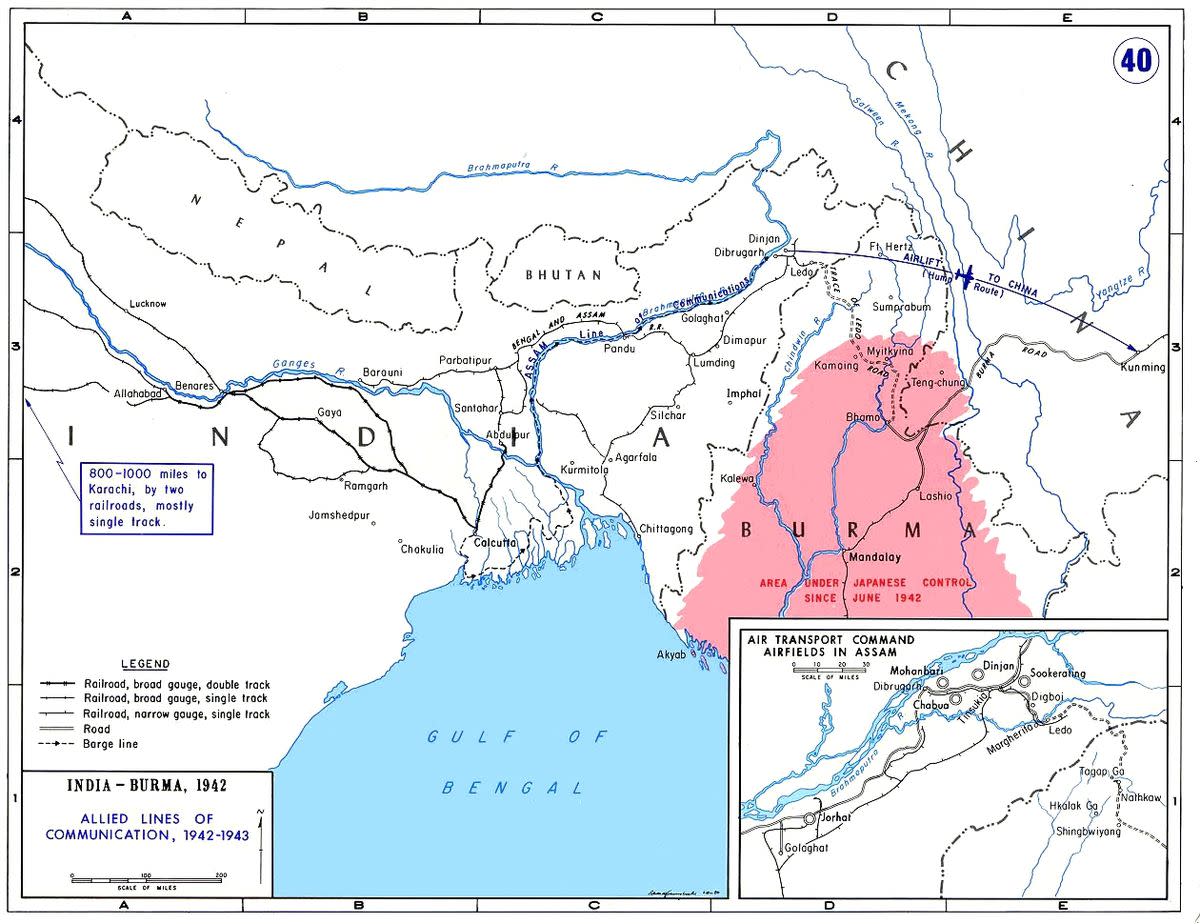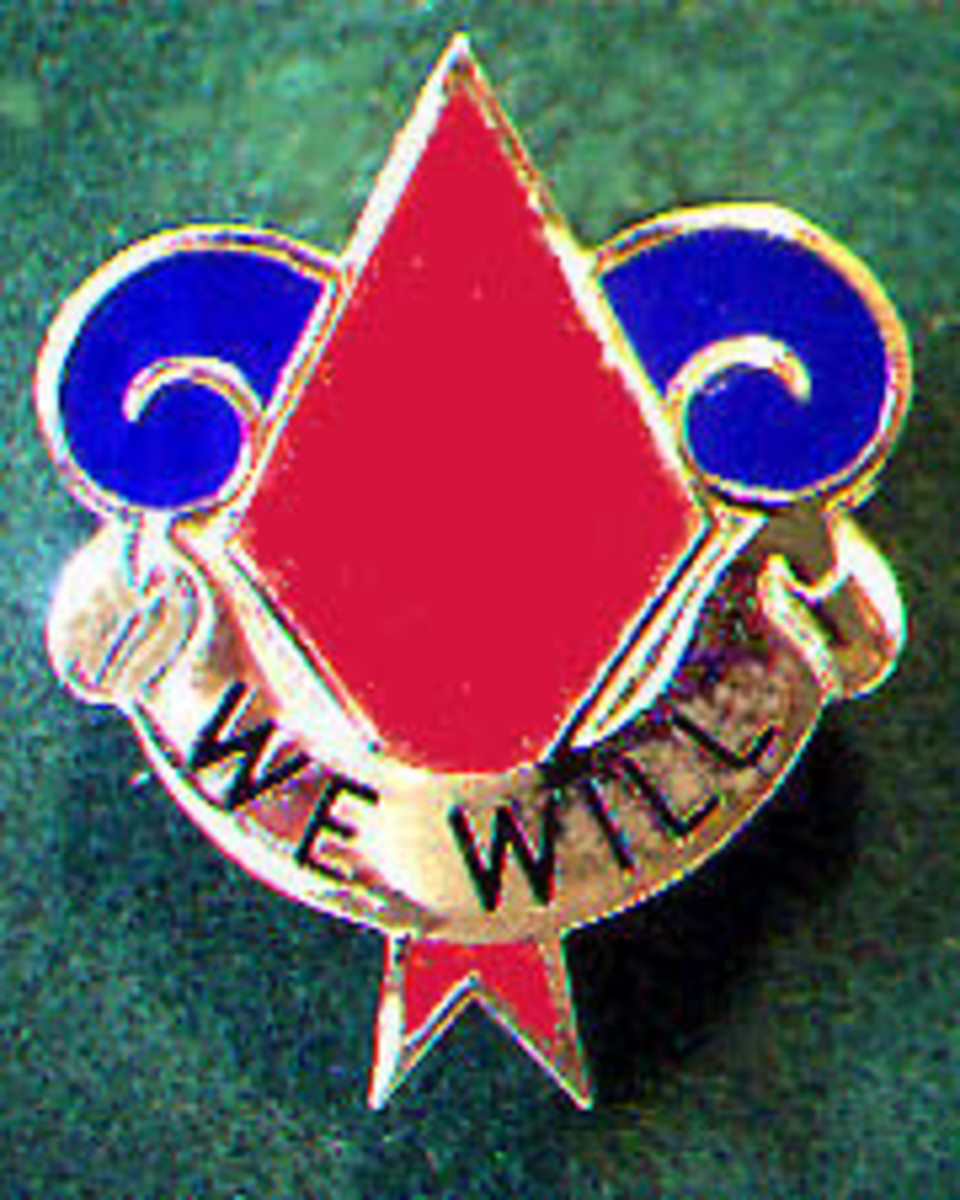The Fight Continues: Hungary 1944
October 8th
The Russian offensive had caused much chaos on both sides. Battle areas at times had opposing sides just missing one another. The Russians pushed northwards in an attempt to seize the critical Tisza River crossings. The FFH PG Division had easily swept away the Russian units at Tizafured and now the Germans were summoning it into the Debrecen area. Thus, one of its battalion arrived, the remaining parts of the division remained on the much further north. The Russians did control Szarvast and much of the Harma-Sebe-Koros River. Its 53rh Army on the right flank had advanced 55 km in two days and aimed for Mezotur.
At 0500, the Russian artillery opened saturating the opposing forces. Russian armor of the 7thMechanized Corps moved forward as artillery and rockets flew overhead. Their destination was the German held Gyoma. A few companies of the German 25th AA defended the immediate area. More Russian tanks and infantry appeared at 0645 in earnest. Besides Gyoma, the Russians desperately wanted the few bridges across the Koros River. The 1st and 3rdAA companies opened up destroying three T34s. However, a nearby rail station was seized by the Russians. The pressure in numbers forced some of the German forces to fall back into Gyoma. The Russian 7thMechanized Corps rolled through seizing Gyoma and threatened the bridge over the Koros. Russians continued to pressure on the German bridgehead now held by Cos. 2,4,5 with 37mm, 20mm AA, and one 88mm gun. The intense and rapid fire stalled the Russian advance for a bit. By noon, several Russian tanks were in ruin. It was the dreaded 88mm that had ravaged eight T34s. This one gun was the obstacle to the Russian advance! This “stall” lasted until 1630, when finally, the 88mm was destroyed and infantry threatened to surround the Germans. After its destruction, the Germans fell back across to the north bank of the Harma-Koros River towards
Dévaványa.
This particular battle had involved a few German AA companies against elements of the 7thMechanized Corps (some 50 tanks and 1500 men battled for Gyoma) and rocket artillery. The Germans destroyed 12 T34s and killed 500 men. The Germans lost 26 men, 56 wounded. The German AA companies still had a combined strength of eight 88mm, seven 37mm MG, 14 2omm MG, two HMG and 85 vehicles.
At 1150, the staff of the 3rdPz Corps met to discuss how to stop the Russians from moving northwards from the Sebes-Körös. The German counterattack was a success near Békés. It was hoped that the Germans could delay the collapse of Szeghalmot, since Russian cavalry were easily moving though numerous gaps between the 1st and 23rdPanzer Divisions. It was decided to turn both Panzer units in a westerly direction towards Karcag and Dévaványa to link with the 13th Panzer Division. It was hoped to cut through the Russian rear lines. The Russians and Germans were in a sort of chaos with armor on both sides seemingly everywhere. No one was quite sure where the other side was and in what strength. In Karcag, Püspökladány, Földes and Berettyóújfalu, the only German units present were elements of the 15th Anti-Aircraft Division armed with only a variety of AA weapons and machine guns. Arriving was the 662ndTank Hunter Bn with 88mm guns.
October 10 Tuesday
Variable conditions, 18 Celsius -degree, the roads in general are good
By Tuesday, the Russian Debrecen Operation had totally ripped up, consumed and spitted out the remains of the Hungarian 3rd Army. Much of the countryside was now in their control and in many parts along the TiszaRiver. The city of Szeged and Szolnok remained contested. The 2ndUkrainian Front attempted to secure a bridgehead on its left flank across the Danube-Tisza for a strike towards Budapest. Nayvarad was now encircled. The Germnan 3rd Panzer Corps was really the only viable opposing force as was the German 6th Army. Both struggled to get a handle on the situation rapidly overwhelming them. They continued to hold a small bridge-head over the Tisza at Szolnok. The Russian 27thArmy Corps’ continued westward approaching this bridge-head until German units attacked into their rear. The Pliyev Group continued to move southeasterly and reconnected with other Russian units. The German forces also felt the results of the Red offensive when many of their supply dumps in the forward areas were captured by fast moving enemy forces. Not to mention, loss of armor being repaired in various shops.
A combat paradox now occurred. The German 1st and 13thPanzer Divisions had now cut-off the the Russian Pliyev Cavalry-Mechanized Group. However, if also meant that the German units’ rear, to some degree, faced the advancing Russian forces from the south. The question was how long could the Germans afford to remain in this precarious position. The two Panzer Divisions did not have the ability to destroy the trapped Russians. In fact, the opposite was really the truth. Also, the German had only cut-off the Russians with weak reconnaissance forces between
Sárrétudvari and Püspökladány. It was a very tenuous, almost, symbolic encirclement.
This was the German problem. Numbers. The Russian had plenty of numbers in men and tanks. They took heavy losses from small German numbers of men or tanks. During the exchange, they would suffer losses. Losses they could not afford. If the cycle continued long enough, the German would be wiped out.
To the commanders in the two German Corps’ headquarters it looked ominous: the Russians had 450 armored vehicles southwest of Debrecen! Secretly, they hoped that Hitler would come to his senses and allow them to withdraw to the Tisza River, a wide defensive barrier. This was not to be. The Russian Pliyev Group had 170 tanks, the 6th Guards Tank Army had 100, the 18th Tank Corps had 80, the 23rd Tank Corps had 100. Still not accounted for was the 5th Guards Cavalry Corps. It was a numbers game. One the Germans could not win. Yet, the game was on. How long could the Germans buy time so that their 8th Army to the east and retreating through the battle area arrive safely?
The 3rd Panzer Corps alone had destroyed 81 tanks, but more came! In the past three days, the Russian armor destroyed was 162. During the day, the 3rdPz Corps contained 59 operational tanks and 66 assault guns, this totaled 125 AFVs. The FFH PG Division contained another 28 , while the 109thPz Brigade contained 33 Pz V tanks.
